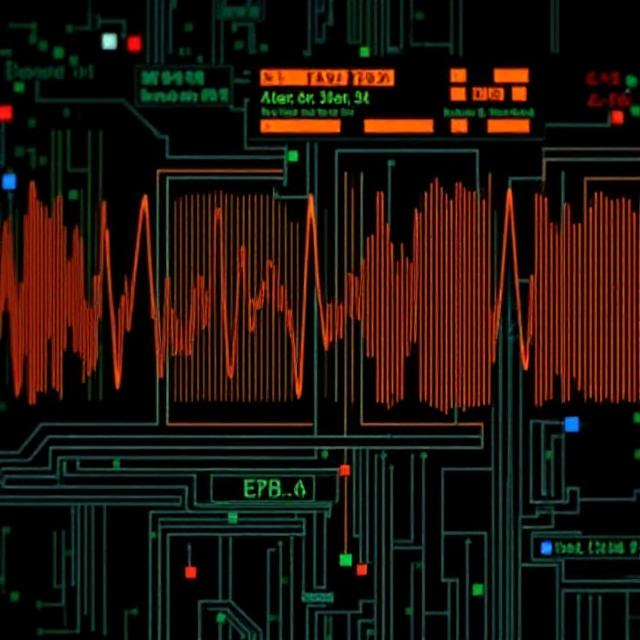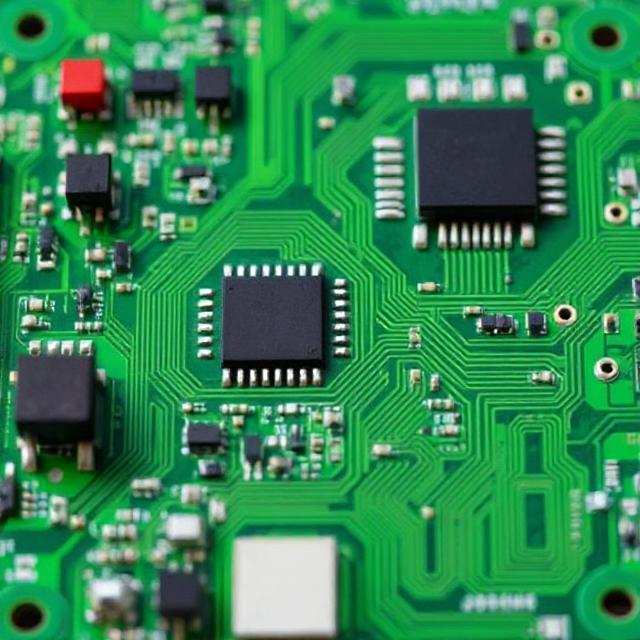A multimeter is a tool used to measure voltage, current, and resistance in an electrical circuit. It’s an essential tool for anyone working with electronics or electrical systems. Let’s break down how a multimeter works and how to measure these three important electrical values in a simple way.

1. What is a Multimeter?
A multimeter combines several measurement tools into one device. You can use it to:
- Measure Voltage (how much electrical potential difference there is between two points)
- Measure Current (how much electrical flow is happening)
- Measure Resistance (how much a component resists the flow of electricity)
A typical multimeter has a display screen (to show measurements), a dial or buttons (to choose different settings), and two probes (to connect to the circuit or device you’re testing).
2. Measuring Voltage (Volts)
Voltage is the difference in electric potential between two points. It’s like the pressure that pushes electricity through a wire.
How to Measure Voltage:
- Set the multimeter to measure voltage (V). On most multimeters, this is marked as “V” (for voltage) with a straight line (DC) or a wavy line (AC).
- Select the type of voltage you want to measure:
- DC Voltage (Direct Current): Usually indicated with a straight line (like a “–” symbol) on the multimeter. This is for circuits like batteries or most electronics.
- AC Voltage (Alternating Current): Indicated with a wavy line (~) on the multimeter. This is for household power or electrical outlets.
How to Measure:
- Connect the probes to the multimeter. The red probe goes into the “VΩ” port, and the black probe goes into the “COM” port.
- Touch the probes to the circuit:
- The red probe goes to the point where you want to measure the voltage (positive side).
- The black probe goes to the reference point (usually the ground or negative side).
- Read the display: The multimeter will show the voltage between the two points you touched with the probes.
Example:
- If you’re measuring the voltage of a 9V battery, touch the red probe to the positive terminal and the black probe to the negative terminal. The display should show something close to 9 volts.
3. Measuring Current (Amps)
Current measures how much electricity is flowing through a circuit. It’s like the amount of water flowing through a pipe.
How to Measure Current:
- Set the multimeter to measure current (A). This is usually marked with an “A” for amperes, and it may have a straight line for DC or a wavy line for AC.
- Switch the probes to the current measuring ports:
- For high current, the red probe might need to go into a separate port marked with “10A” or “A”.
- For low current, it will go into the regular “VΩ” port.
How to Measure:
- Break the circuit: To measure current, you need to place the multimeter in series with the circuit. This means you’ll have to disconnect one part of the circuit and connect the multimeter probes directly into the path of the current.
- This is different from measuring voltage, where the probes are connected in parallel with the components.
- Connect the probes:
- The red probe connects to the point where you want the current to flow into.
- The black probe connects to the point where the current should flow out.
- Read the display: The multimeter will show the amount of current flowing through the circuit, usually in amperes (A).
Example:
- If you want to measure the current flowing through a small fan, you would disconnect one of the fan’s wires and connect the multimeter in series. The display will show how much current the fan is using.
Important Note: Never measure current by connecting the probes across a power source or component directly, as this could short-circuit and damage the multimeter or the circuit.
4. Measuring Resistance (Ohms)
Resistance tells you how much a component resists the flow of electricity. It’s like how narrow or wide a pipe is that water flows through.
How to Measure Resistance:
- Set the multimeter to measure resistance (Ω). This is marked by the symbol “Ω” (ohms).
How to Measure:
- Disconnect power: Always make sure the circuit is powered off before measuring resistance. This prevents damaging the multimeter or the circuit.
- Connect the probes:
- The red probe goes to one end of the component you’re testing.
- The black probe goes to the other end.
- Read the display: The multimeter will show the resistance of the component in ohms (Ω). If the component has no resistance (like a wire), the reading will be close to 0. If it has high resistance (like an insulator), the reading will be very high or “infinity.”
Example:
- To measure the resistance of a resistor, connect the probes to each end of the resistor. The display will show the value of the resistor, which could be something like 100Ω, 1kΩ, or 10kΩ.
5. Additional Tips for Using a Multimeter
- Start with the highest range: If you’re unsure about the value you’re measuring (for example, if you’re not sure how high the voltage is), start by setting the multimeter to the highest setting and then move to a lower setting if needed.
- Check for continuity: Multimeters often have a continuity mode, which is used to check if a circuit is complete. It will beep if there’s a continuous path for electricity.
- Be careful when measuring current: Always make sure the multimeter is in series with the circuit when measuring current, and never measure current across a component or power source directly.
- Use the right range: Multimeters usually have different range settings. Make sure you select a setting that matches the value you’re measuring. If in doubt, start with the highest range.
Recap of Multimeter Usage:
- Voltage (V): Set the multimeter to “V” and measure across two points to see the potential difference.
- Current (A): Set the multimeter to “A”, break the circuit, and measure the current flowing through the path.
- Resistance (Ω): Set the multimeter to “Ω” and measure across a component to check its resistance.
By using a multimeter, you can easily check and troubleshoot electrical circuits and components, making it an essential tool for electronics and electrical work.
Keywords: Multimeter, Electronics











